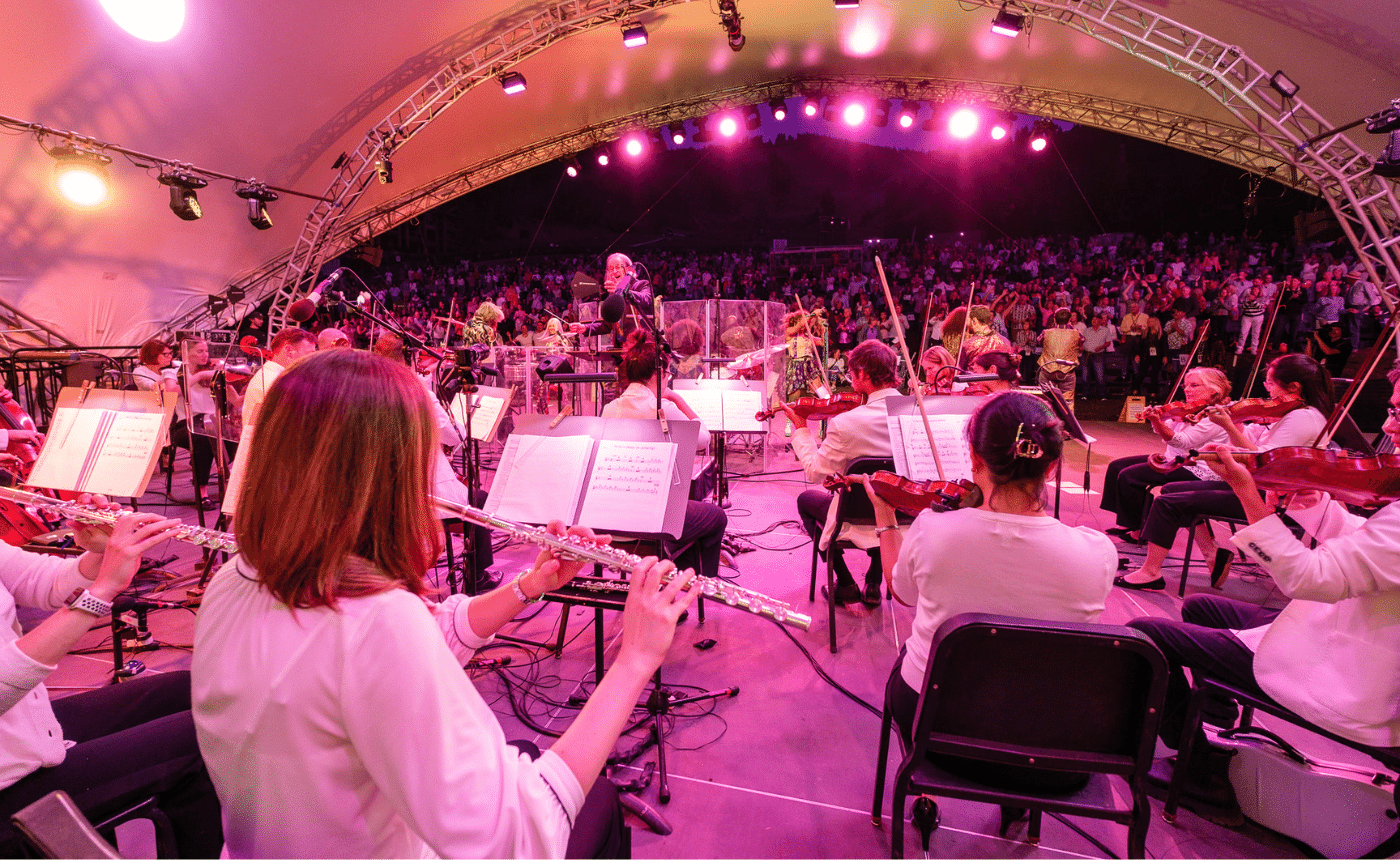Nielsen – Symphony No. 2, op. 16 (“The Four Temperaments”)
by Jeff Counts
Instrumentation: 3 flutes (1st and 3rd double piccolo), 2 oboes (2nd doubles English horn), 2 clarinets, 2 bassoons, 4 horns, 2 trumpets, 3 trombones, tuba, timpani, strings
Duration: 32 minutes in four movements.
THE COMPOSER – CARL NIELSEN (1865-1931) – In the years that bridged the turn of the 20th century, Nielsen was juggling the demands of his professional career with those of fatherhood. In fact, so busy abroad was his artist wife that he often felt like a single father and the situation raised tensions between the parents. It is perhaps due to his marital struggles that Nielsen’s music during this period took on a decidedly “psychological” tone.
THE HISTORY – Hardly an overtly “Domestic” symphony in the style of Strauss, Nielsen’s 2nd was a reflection of his broader interests in the verities of human personality. Nielsen came upon the inspiration at a country inn on the island of Sjaeland where he viewed a peasant painting depicting the Four Humors of Greco-Roman medicine. “Humorism” was a theory that attributed the basic elements of human temperament to the excess or deficiency of four different bodily fluids, namely yellow bile (choleric or “bad tempered”), black bile (melancholic), blood (sanguine) and phlegm (phlegmatic or “calm”). The quaintness of this ancient study was echoed in the paintings at the Danish inn and Nielsen later recalled finding them hilariously naïve. The experience stuck with him however and he soon began to see the potential for interesting musical treatment in the “shoddy pictures.” The symphony was not written as a programmatic representation of the images but rather a set of moods based on the classic temperaments themselves. As such, each movement captures the emotional compass points with incredible style. Not to be content with sonic monochromes, Nielsen hinted at a subtle mixing of his “temperaments” by acknowledging that “the impetuous man can have his milder moments, the melancholy man his impetuous or brighter ones, and the boisterous, cheerful man can become a little contemplative…but only for a while.” Nielsen completed the score just days before the Copenhagen premiere in 1902 and the reception of his highly individual take on the symphony form, though only mildly favorable at first, would grow into considerable international affection before too long.
THE WORLD – Volcanic eruptions on the Caribbean islands of St. Vincent and Martinique claimed over 30,000 lives in 1902. Also that year, Cuba gained formal independence, the Second Boer War ended in South Africa and Alfonso XIII began his reign in Spain.
THE CONNECTION – These concerts represent the Utah Symphony premiere of Nielsen’s Symphony No. 2.












